Dive into Sir David Alan Chipperfield CH's Consistent Work
For Chipperfield, architecture can intensify and support and aid rituals and life. The experiences in life that are most liked and enjoyed are when normal things are made special, not when things are special. David Chipperfield's work has always been characterized by elegance, restraint, timelessness, vivid compositions, and fine details. Buildings always exude clarity, surprise, sophisticated contextuality, and a confident presence.
For four decades, he has produced more than a hundred works in typology and geography, ranging from civil, cultural, and academic buildings to residences and urban planning throughout Asia, Europe, and North America. In each of his works, precision and consistency are key, integrating and balancing those two things seamlessly. No wonder David Alan Chipperfield was recently named the 52nd Winner of the Pritzker Architecture Prize and has earned numerous awards, including the RIBA Royal Gold Medal (United Kingdom, 2011), the European Union Award for Contemporary Architecture, the Mies van der Rohe Award (Spain, 2011) and the Heinrich Tessenow Medal (Germany, 1999). He was elected to the Royal Academy of Arts (2008), awarded the Order of Merit of the Federal Republic of Germany (2009), and the Praemium Imperiale for Architecture of the Japan Art Association (Japan, 2013), and is a member of the Royal British Institute of Architects and an honorary associate of the American Institute of Architects and the Bund Deutscher Architekten. Here are some works by Sir David Alan Chipperfield CH
America's Cup Building 'Veles e Vents'
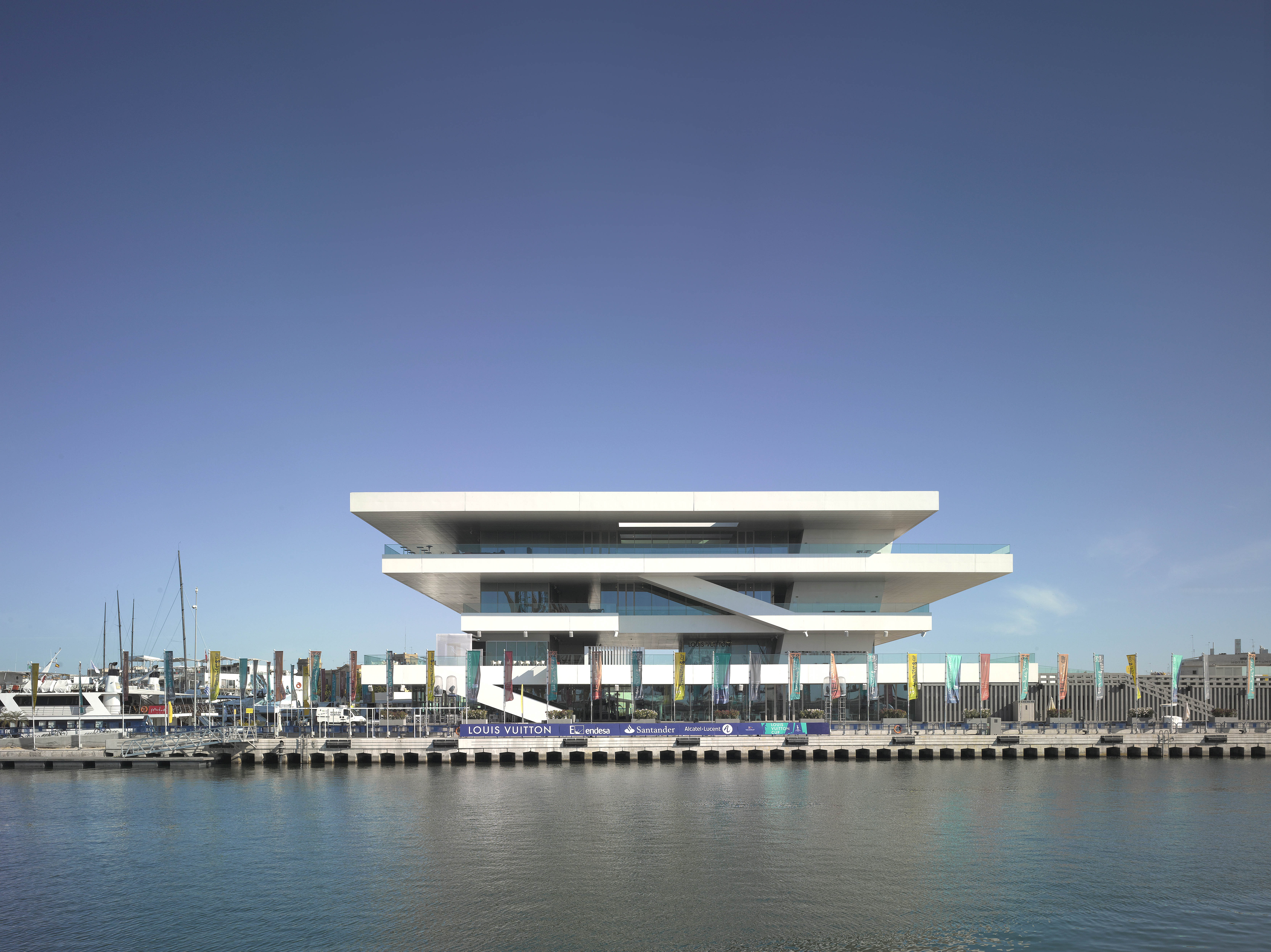 America’s Cup Building ‘Veles e Vents,' photo courtesy of Christian Richters
America’s Cup Building ‘Veles e Vents,' photo courtesy of Christian Richters
The 'Veles e Vents' America's Cup building (Sails and Wind) is a public space for the 2007 America's Cup. The building was completed in just eleven months after winning the competition in June 2005, along with the park, successfully opened in time for the initial sailing competition, held in May and June 2006. At the heart of the reorganization of Valencia's industrial port, Veles e Vents provides a central base for all America's Cup teams and sponsors and serves as a place where the public can see the races.
Amorepacific headquarters
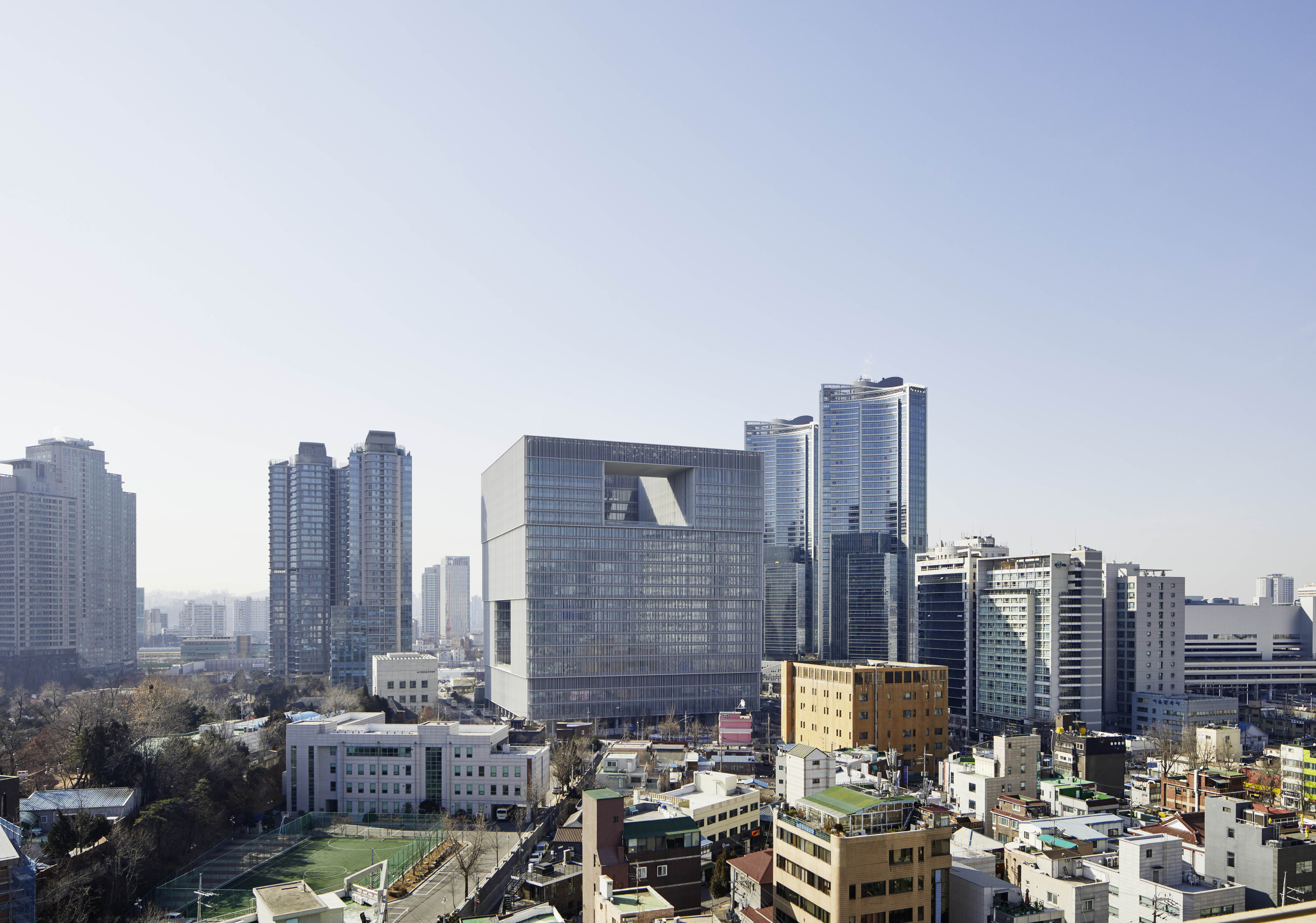 Amorepacific Headquarters, photo courtesy of Noshe
Amorepacific Headquarters, photo courtesy of Noshe
The new headquarters for Amorepacific, Korea's largest beauty company, is located in downtown Seoul in a location that the company has occupied since 1956. It is located next to a former U.S. military zone converted into Yongsan's vast public space. Parks and business districts are part of a master plan representing the construction of Korea's largest high-rise building that substantially changes the urban order in Yongsan district.
Hepworth Wakefield
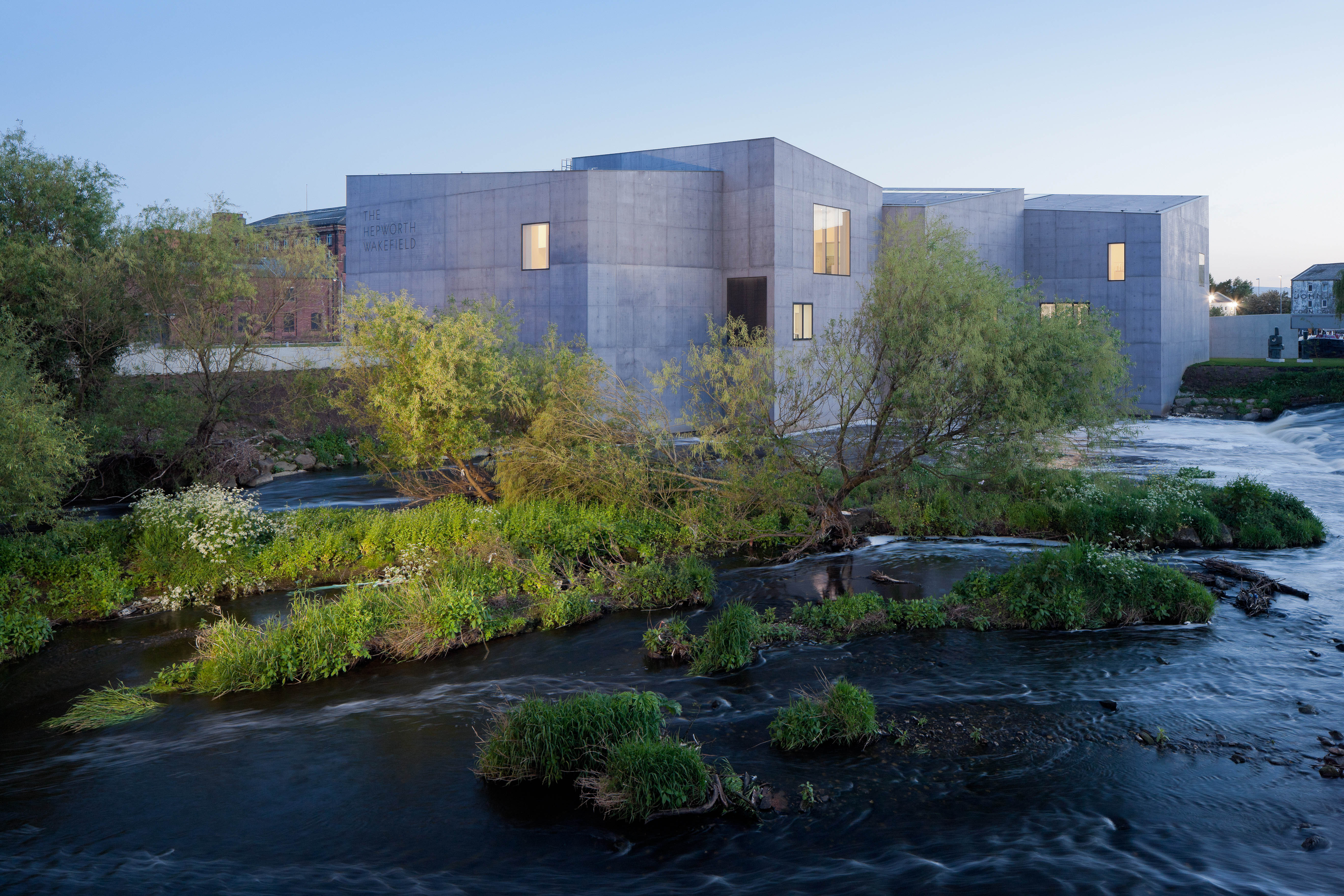 The Hepworth Wakefield, photo courtesy of Iwan Baan
The Hepworth Wakefield, photo courtesy of Iwan Baan
Hepworth Wakefield is named after the late British artist Barbara Hepworth, born in Wakefield in 1903. The building is a purpose-built art gallery within the Wakefield waterfront conservation area, which houses several important industrial buildings that once housed the city's fabric and grain industries. The new building sits on a sharp bend on the Calder River just off a 20th-century bridge and a series of keys known as Calder and Hebble Navigation. The use of pigmented in-situ concrete reinforces the appearance and monolithic composition. An almost geological composition is a collection of various irregular, closely interrelated shapes. Each volume contains only one space that is unique in size and shape. All galleries use the same neutral language, allowing for future reinterpretations and representations of artworks.
Inagawa Cemetery chapel and visitor center
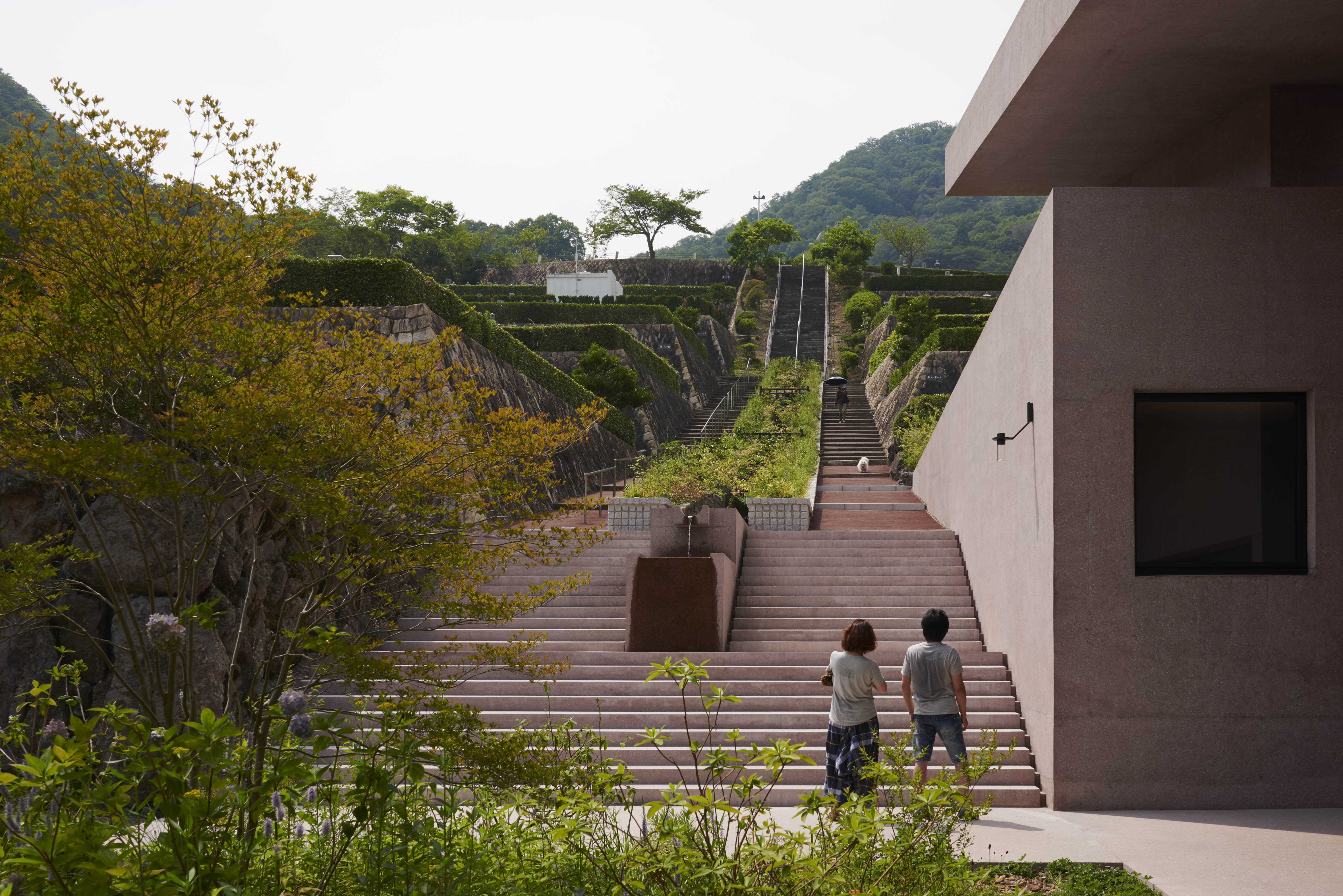 Inagawa Cemetery Chapel and Visitor Center, photo courtesy of Keiko Sasaoka
Inagawa Cemetery Chapel and Visitor Center, photo courtesy of Keiko Sasaoka
Inagawa Cemetery is located on a steep site in the Hokusetsu mountains of Hyogo prefecture north of Osaka. The cemetery is laid across the terrace and split by a monumental staircase leading to the temple at the highest point. The visitor center and chapel are designed harmoniously with the main staircase, and as a counterpoint to the temple.
Royal Academy of Arts masterplan
 Royal Academy of Arts Masterplan, photo courtesy of Simon Menges
Royal Academy of Arts Masterplan, photo courtesy of Simon Menges
Founded in 1768, the Royal Academy of Arts (RA) is the oldest art institution in the UK. Since 1868 it has been based at Burlington House in Piccadilly, in central London. The masterplan involves physically and ideologically connecting the Burlington House and Burlington Gardens sites. A master plan refers to the existing structure of the building, opening up previously closed areas while introducing a series of timely interventions that range from repair and restoration to the introduction of contemporary elements. A small intervention has been made at Burlington House, improving the operation of both buildings—these range from art handling to new dressing rooms, toilets, and ticket offices. The completion of the project coincides with the 250th anniversary of the Royal Academy, significantly expanding its space and range of activities while connecting Piccadilly to Burlington Gardens at the urban level with cultural programs.
River and Rowing Museum
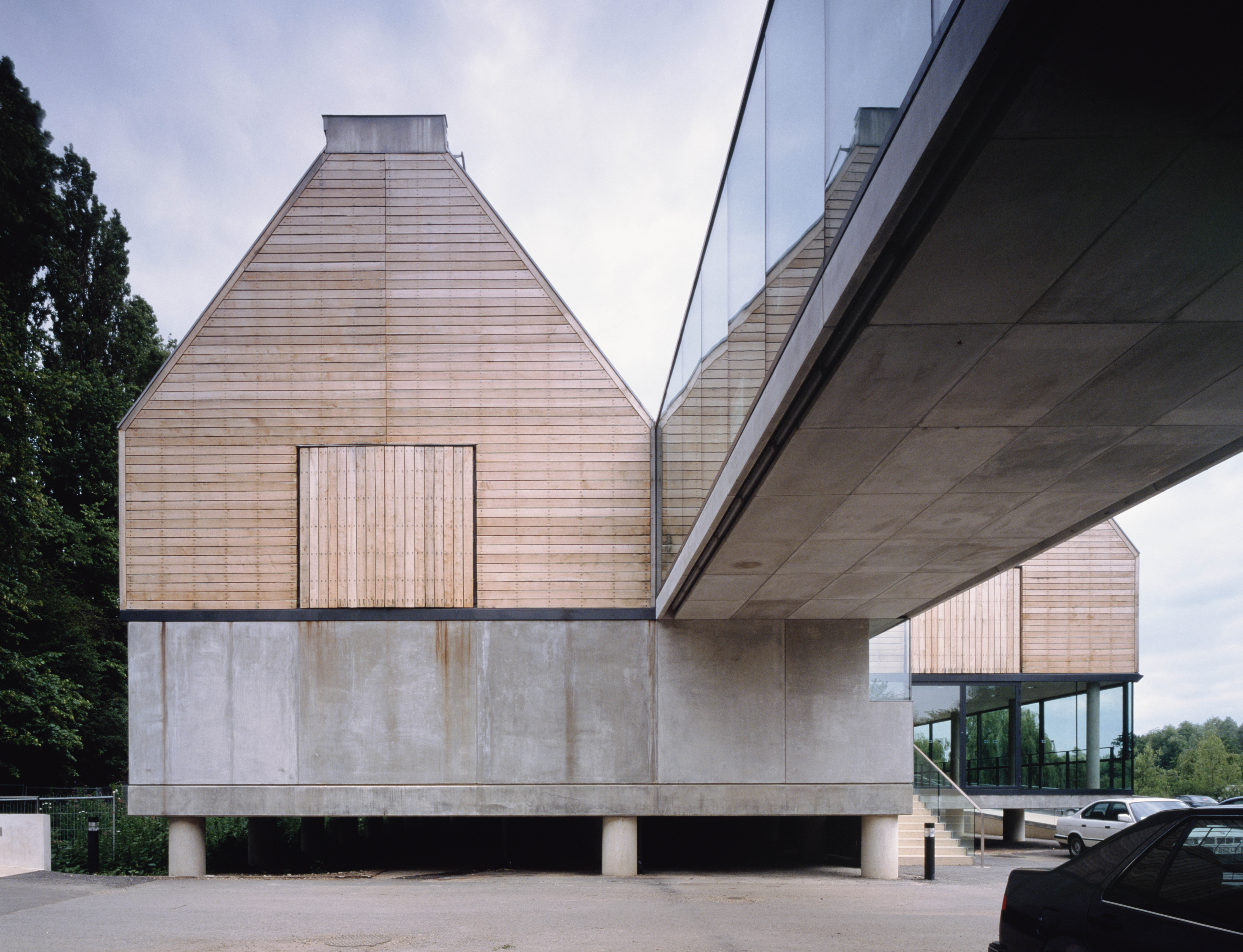 River and Rowing Museum, photo courtesy of Richard Bryant
River and Rowing Museum, photo courtesy of Richard Bryant
Local river boathouses and traditional Oxfordshire wooden barns inspired early imagery for the museum in Henley-on-Thames. This simple and clear architectural idea makes a natural connection with the surrounding area. The finished building directly embodies this first sketch, achieved through long, parallel, oak-clad shapes with steep lead-plated roofs. Although visible as a modern building, it also resonates with local architectural traditions. Using main wood materials that harden and withstand the weather well with age, it further harmonizes the building with the local vernacular.

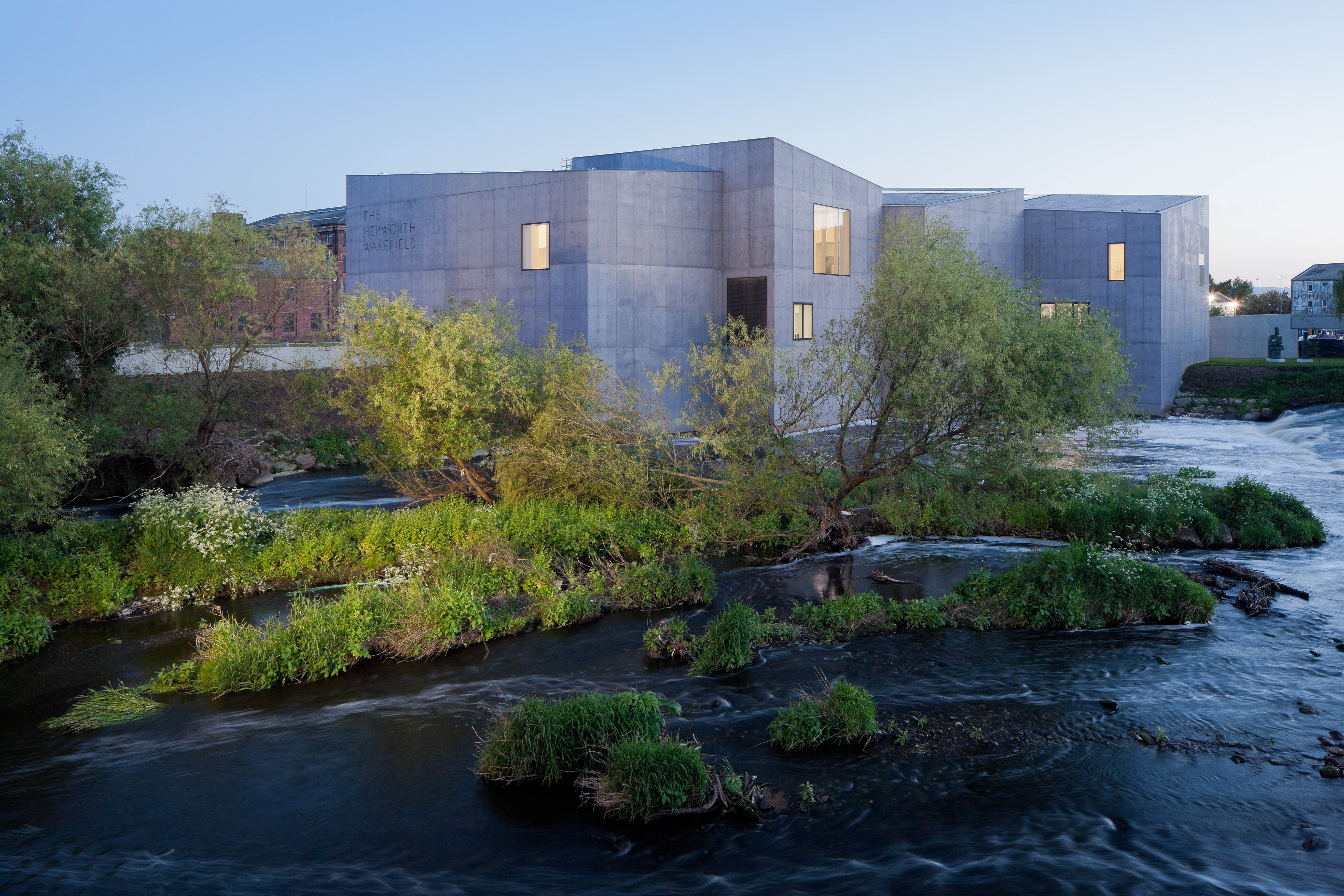


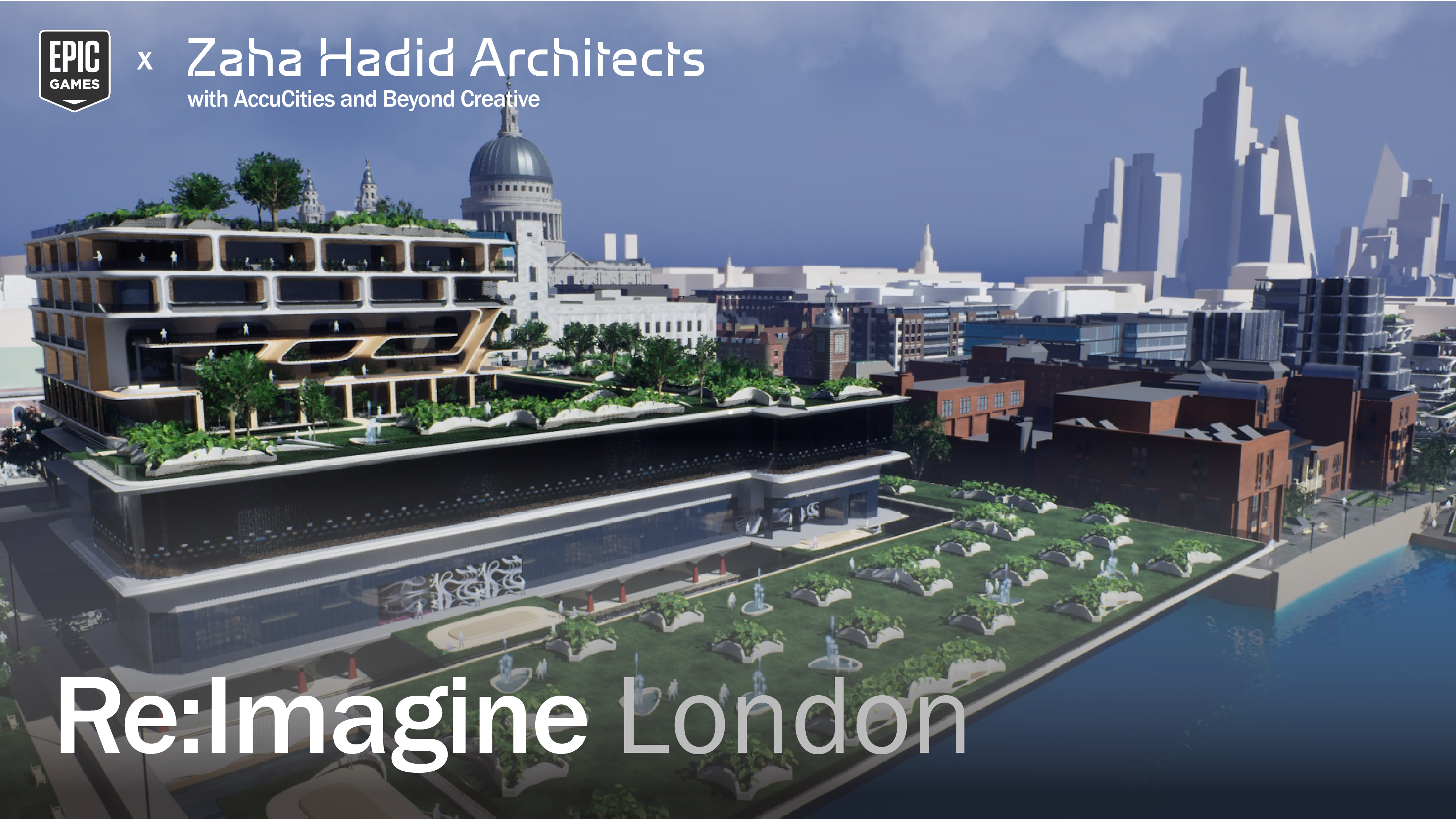
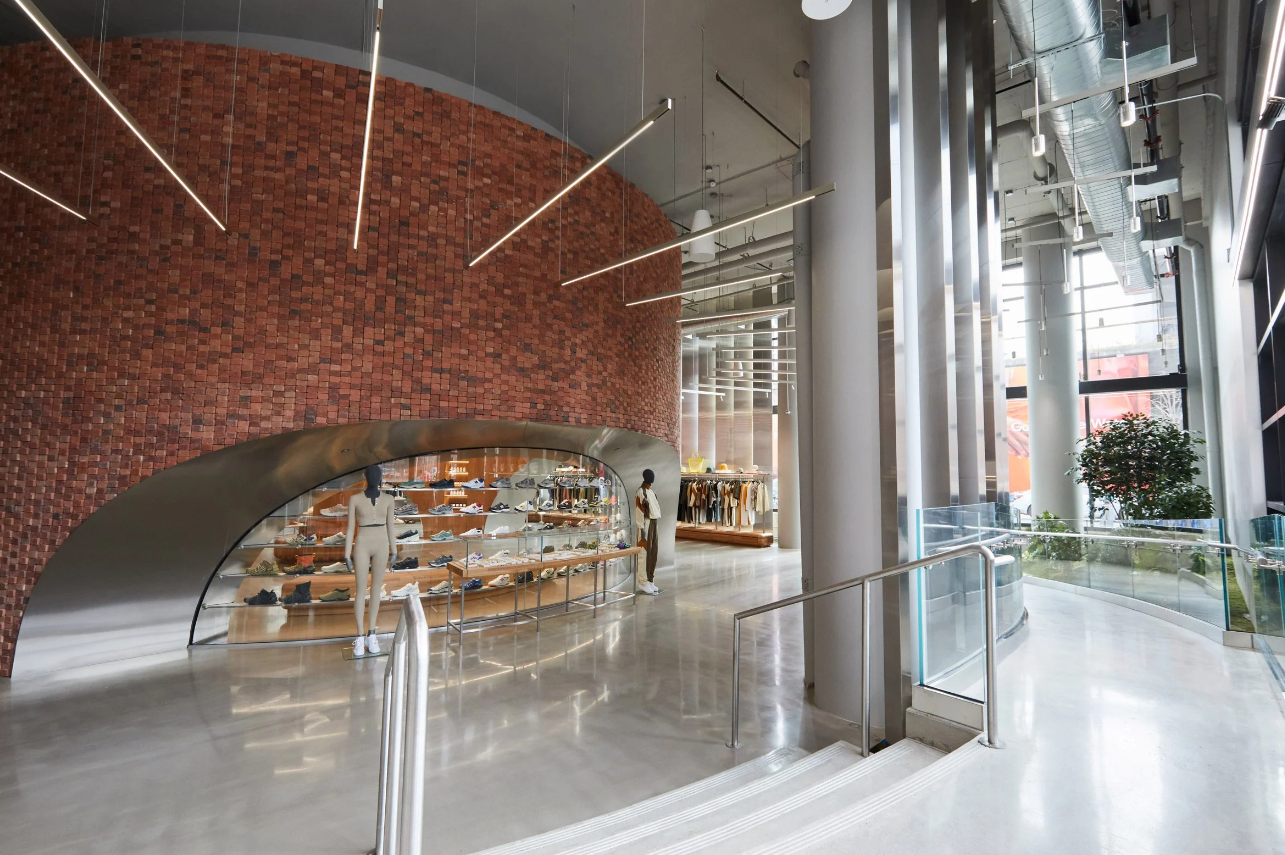
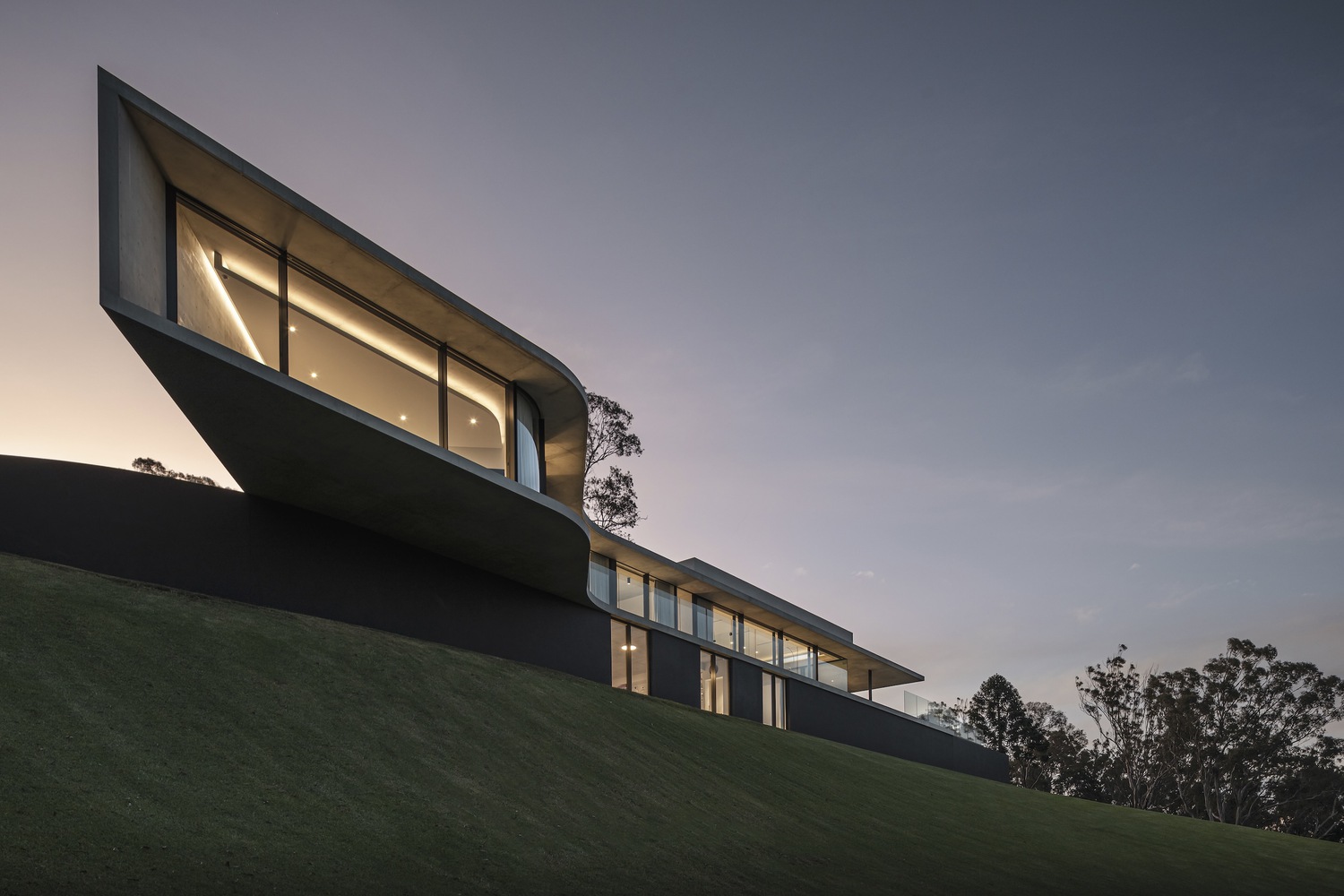


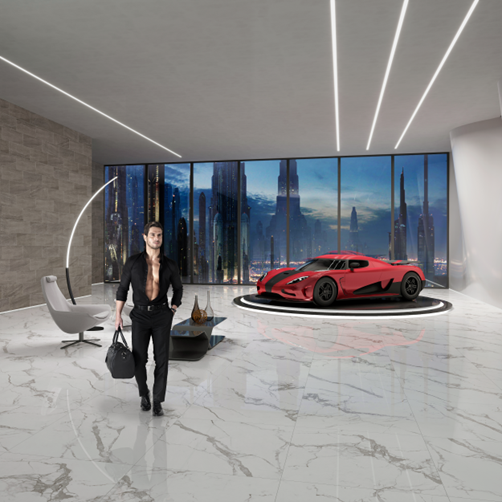
Authentication required
You must log in to post a comment.
Log in